There’s so much conflicting information out there about exercise.
Cardio in the morning or in the evening? Intermittent Fasting or lots of mini-meals throughout the day? Machines vs. free weights vs. calisthenics?
What’s really the right move?

Photo Credit: Tallahassee Blogs
The one thing that popular wisdom does seem to agree on, however, is that if you want to get in shape, the best place to start is by getting a gym membership.
Gyms offer classes, trainers, and a whole slew of equipment to help you reach your body’s highest potential.

Photo Credit: Pixabay
That’s all well and good… if you actually go, that is.
I’d be willing to bet that you can name at least one person in your life (possibly yourself) who got a gym membership and didn’t use it. Sure, you probably started out by going several days in a row, but then work got super busy and you had to skip. Then you get sick and skip a few more times. Before you know it, months go by and you’ve skipped way more often than you’ve gone.
Sadly, during that whole time where your waistline is staying the same, your bank account is steadily getting thinner from all the monthly fees.

Photo Credit: Pixabay
Picture a restaurant or a department store that’s almost completely empty of customers. It’s any business owner’s nightmare – unless you own a gym.
It’s pretty much the only business in the world where it’s a good day when hardly anyone shows up.
For instance, the manager of a Planet Fitness location in Manhattan reported that it has a maximum capacity of around 300 people… but roughly 6,000 members!

Photo Credit: Pixabay
This is a huge part of the reason that gyms like Planet Fitness can offer the cheap membership fees (sometimes as low as $10).
If all those members were to actually show up diligently, the gym’s costs would jump through the roof between having to rent more space and wear and tear on the equipment.
Gyms need people not to show up in order to turn a profit.
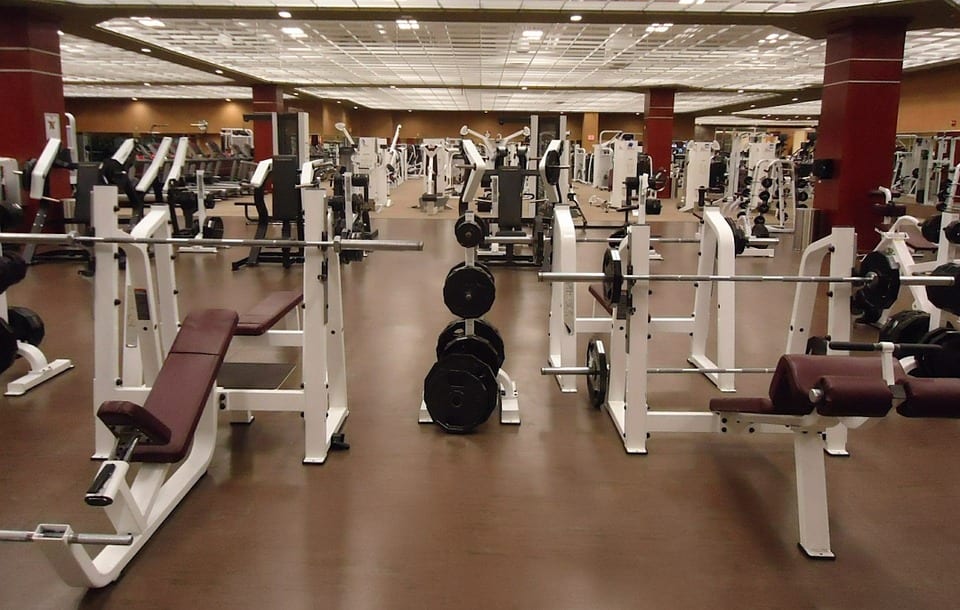
Photo Credit: Pixabay
Still, they do have to find a way to get you in the door and sign you up. That’s where they use clever consumer psychology tricks.
One of these tricks is by creating a very inviting design. Compared to the classic, warehouse-style gyms of old where we first saw guys like Arnold Schwarzenegger getting swole, modern gyms are more like hotels or bars.
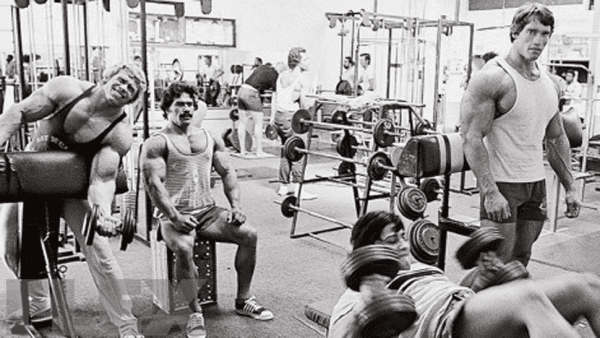
Photo Credit: White Mountain Films
They’ve got chic, comfortable lounges (often more than one), juice bars, snack shops, gift shops, and all kinds of other amenities that have absolutely nothing to do with exercising.
All of this helps attract the casual fitness enthusiast, the type of customer who thinks they’ll be there every day, but almost certainly won’t.
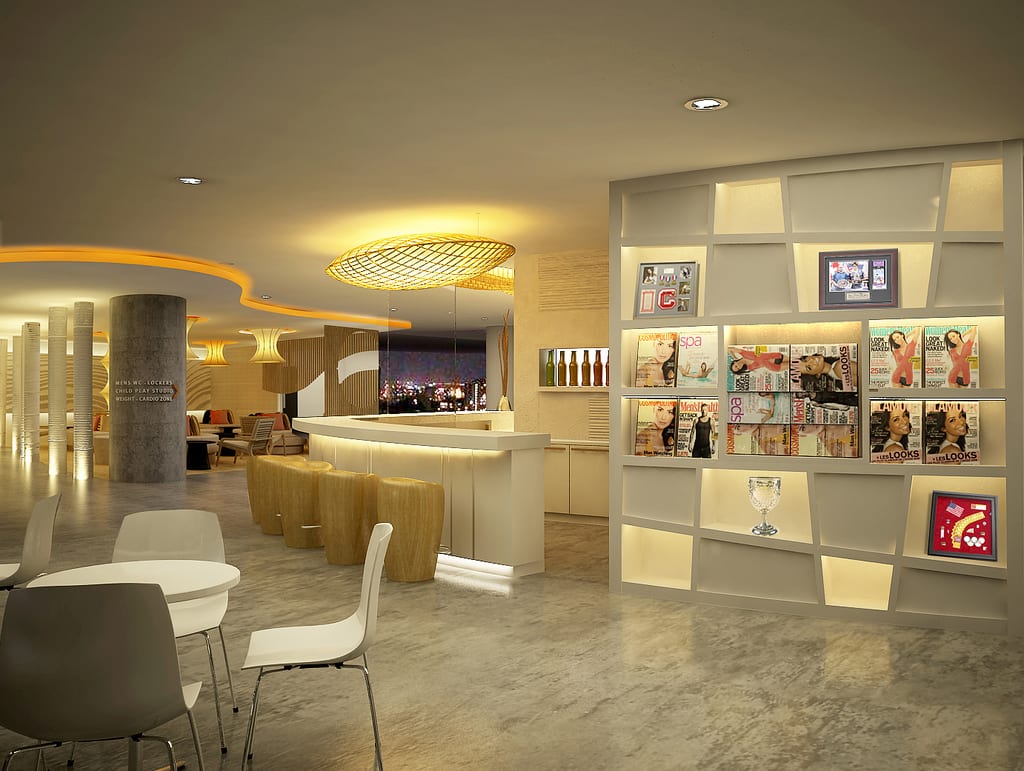
Photo Credit: Flickr
Once they’ve got that customer in the door, it’s time for the moneymaker: the annual contract.
While people tend to hate being locked into something (like cell phone contracts), gym memberships are an example of what behavioral economists refer to as “pre-commitment.” We actually tend to prefer being locked into a gym membership, because we start imagining the newer, fitter version of ourselves a few months down the line. We also think the money will be a financial incentive that’ll force us to stay regular with our routines.
Sadly, that rarely ever plays out and the gym keeps your money because those contracts are easy to get into but insanely hard to get out of.

Photo Credit: Pixabay
The contracts do end at some point, though, and so gyms have one last trick to keep you coming back: more amenities.
Planet Fitness, for instance, has rows of massage chairs and also holds various social events and mixers for members. They also have weekly Pizza Nights and Bagel Breakfasts, which are – hilariously – the busiest days for the gym.
The idea is that people will have fond memories of these events and sign up for another year (possibly thinking “THIS year, I’ll actually work out!”).
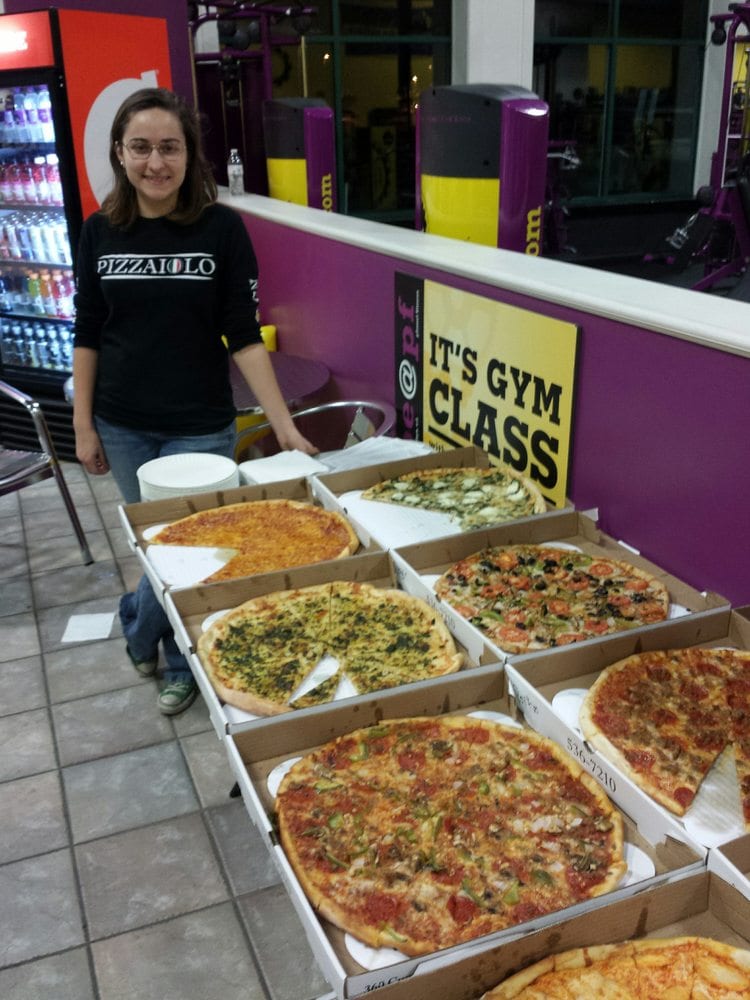
Photo Credit: Yelp
On the other end of the spectrum are the gyms that are actually meant for serious athletes and fitness freaks.
Precision Athlete is another Manhattan gym not far from the Planet Fitness location we discussed earlier. It’s only got about 150 members, but all of them show up. You can even get kicked out for not coming often enough, or have your membership application rejected if you don’t seem committed enough.
There are no fancy amenities, no music, no mirrors. This is not a place where your membership is subsidized by slackers who paid and never came. So what’s the real cost of a gym that everyone actually exercises in? At Precision Athlete, it started at around $500/month (and that was in 2014).

Photo Credit: Yelp
Now, we’re not saying that going to the gym is for suckers or that gyms are evil scammers out for your money. There are plenty of people who go to gyms like Planet Fitness and have no trouble being regular and getting great results.
It just requires a level of discipline that – according to the number of dropouts and no-shows at most gyms – most people just don’t have.

Photo Credit: Pixabay
You’re better off saving your money and investing it into some basic home fitness equipment like a few free weights, workout mat, pull-up bar, and possibly a cardio machine (if you have room).
You can probably get most of those things for less than a year’s fees at a gym (especially if you’re savvy on Craigslist).
Alternatively, you can also just go for walks/runs or join a local recreational sports league to get your cardio in and do your strength training with bodyweight calisthenics.
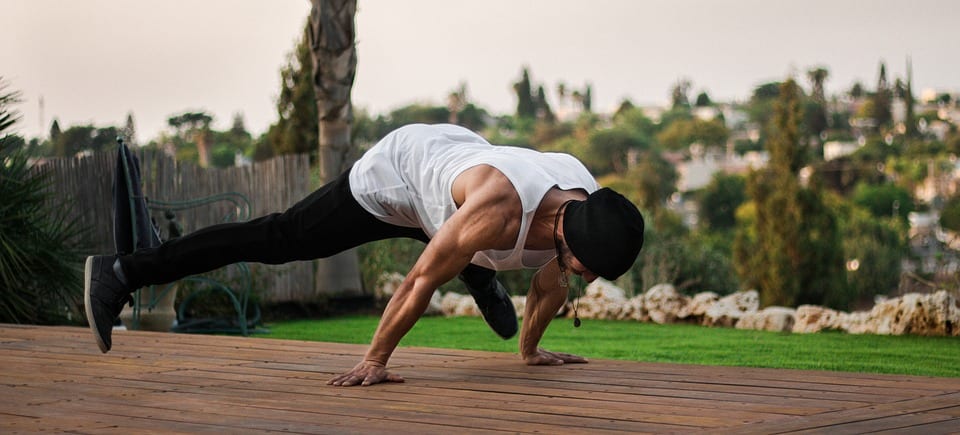
Photo Credit: Pixabay
Working out at home also has the advantage of saving you travel time, which can often get in the way of your motivation to get to the gym.
Plus, you get to wear whatever you want with no judgment. Wanna work up a sweat by jamming to your favorite playlist in your undies at midnight?
Get down with yo’ bad self!

Photo Credit: chinaSMACK
Finally, if your biggest concern about not going to a gym is the lack of structure provided by a trainer, you couldn’t have been born at a better time in history.
Between YouTube, Instagram, and Facebook, there are countless free workouts you can follow along with.
You can also join online fitness communities so you have other likeminded people to help encourage you along the way.
The post This is How Gyms Trick You Into Buying Memberships You’ll Never Use appeared first on UberFacts.